Onderdonk Overview
A couple of weekends back I determined to go exploring in the no man's land between Brooklyn and Queens. There's something about the area, which encompasses the Newtown Creek, a post-industrial wasteland, and a crap-load of cemeteries, that enchants me. And I had to be up at La Guardia that evening to meet Mrs. Cutesome off a flight from Miami. So I packed a throw-away camera, and prayed for good weather.
I sodded around most of the morning before scooting over to the G train, and then changed at Grand for the L. Took the L to Jefferson Ave stop, in the Bushwick/Ridgewood part of the borderlands. I had a bit of an ambitious itinerary - take in Newtown Creek, the Cypress Avenue Historic District, and the Onderdonk House.
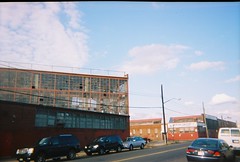
In fact, after tootling past the warehouses on Flushing Avenue (above), I only made it as far as the Onderdonk House. The Vander Ende-Onderdonk House, to give it its full name, is located at 1080 Flushing Ave, just before Onderdonk Avenue, and is a pretty whitewashed stone house that is utterly out of place in its present environment.
It was built in 1709 as a farmhouse (the original builders, whose name escapes me, had a much less Dutch-sounding name), and managed to struggle on into the 1920s, as much of the neighbourhood changed round their ears. Industrialisation of the 1880s variety was the cause of much of the changes to the neighbourhood, and by the 1960s, widely regarded as the area's nadir, it was already stranded.
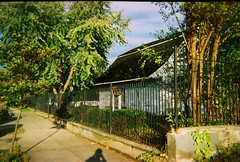
How do I know all this? Not, for once, from mere googling, but from the awesomely chatty and friendly Arthur Kirmiss, the house's artist-in-residence and curator. By some kind of freak miracle I had stumbled up to the place during the four hours a week it's open to the public. And Arthur proves to be keen to explain the history of the place and the area.
The house still has a garden that slopes gently uphill, and features a boulder, the remains of glacial activity, that once served as a boundary marker between Queens and Brooklyn, before being buried for much of the 20th century. Ridgewood, the name for the house's environs, forms an awkward buffer between Newtown and Bushwick, and the border is rarely clear (see Forgotten NY, which I am clearly pinching, for more).
We were just traipsing up the slope in the garden, when (and I swear I'm not making this up) a hipster leaned out of a next door warehouse, and yelled "Hey, are you with the building inspectors?" at us. Arthur replied that he, too was an artist, before launching into an account of the indignities that industrial architecture, including the above warehouse, had inflicted on the old farmsteads.
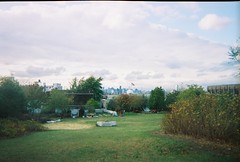
It's rare to find someone still railing at what the hipsters want to gentrify. Lord knows how Arthur and the proprietor of Gowanus Lounge would get on. But the strange and varied architecture probably takes all sorts, though I would likely draw the line at fans (are there any?) of the execrable MetroTech Center.
Inside, the Onderdonk House has a collection of artifacts arranged a little haphazardly (the house isn't the best place to go for an indepth anthropology lesson), and some art. The current exhibition is Vernederlandsen, a set of paintings that juxtaposes scenes from classic Dutch paintings with the more prosaic reality of today in the Netherlands. It's meant to highlight some of the concepts of cultural identity that accompany being Dutch, a construct that is a little nearer to the ideological basis for Americanism than to the basis of, say, Frenchness. Or Englishness for that matter.
The House is great for a 15-minute stroll around, and for a much longer chat if you're able to engage the erudite Mr. Kirmiss in conversation. The location is a wee bit out of the way (see below for the view from the subway), but if you're an obsessive explorer of secluded history, you'll have quite the party.
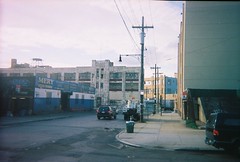

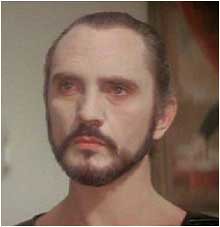
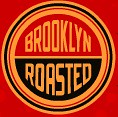

0 Comments:
Post a Comment
<< Home